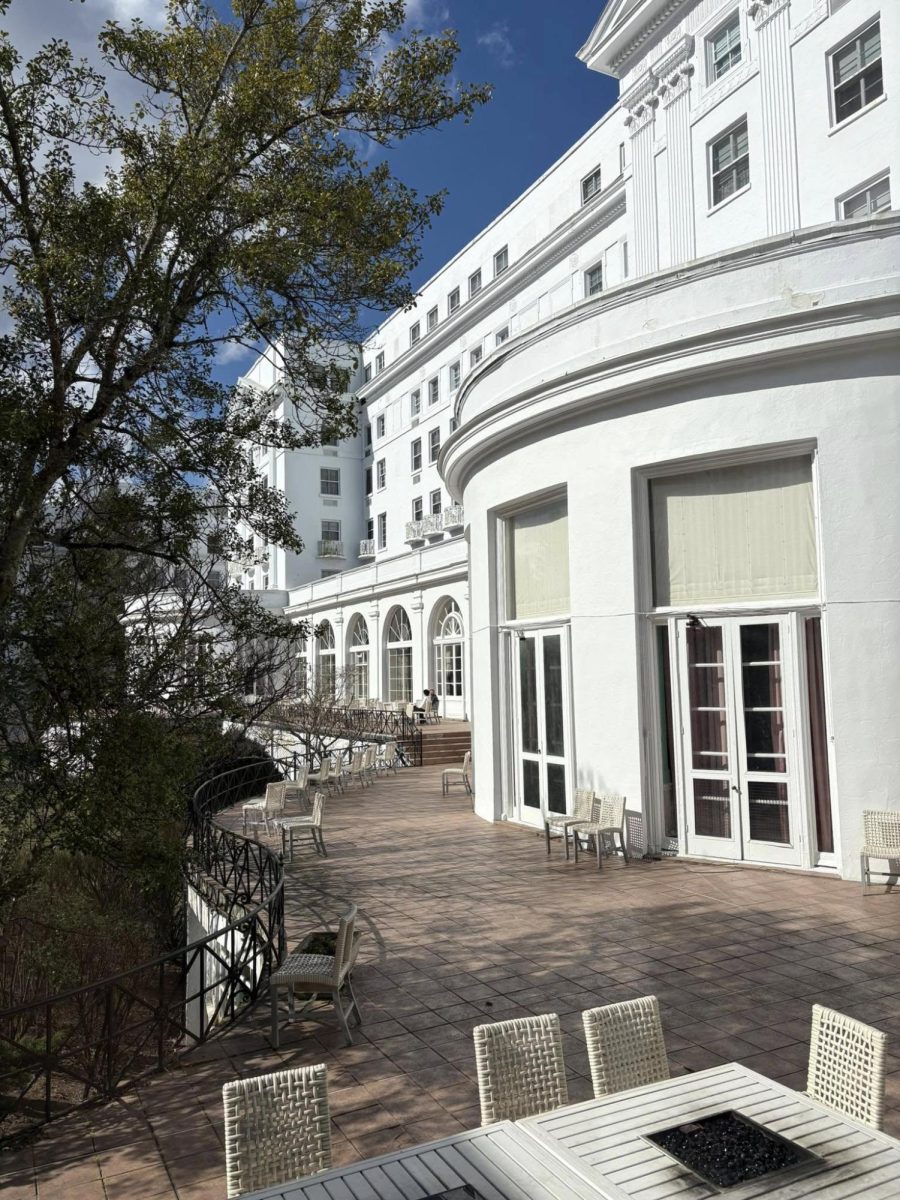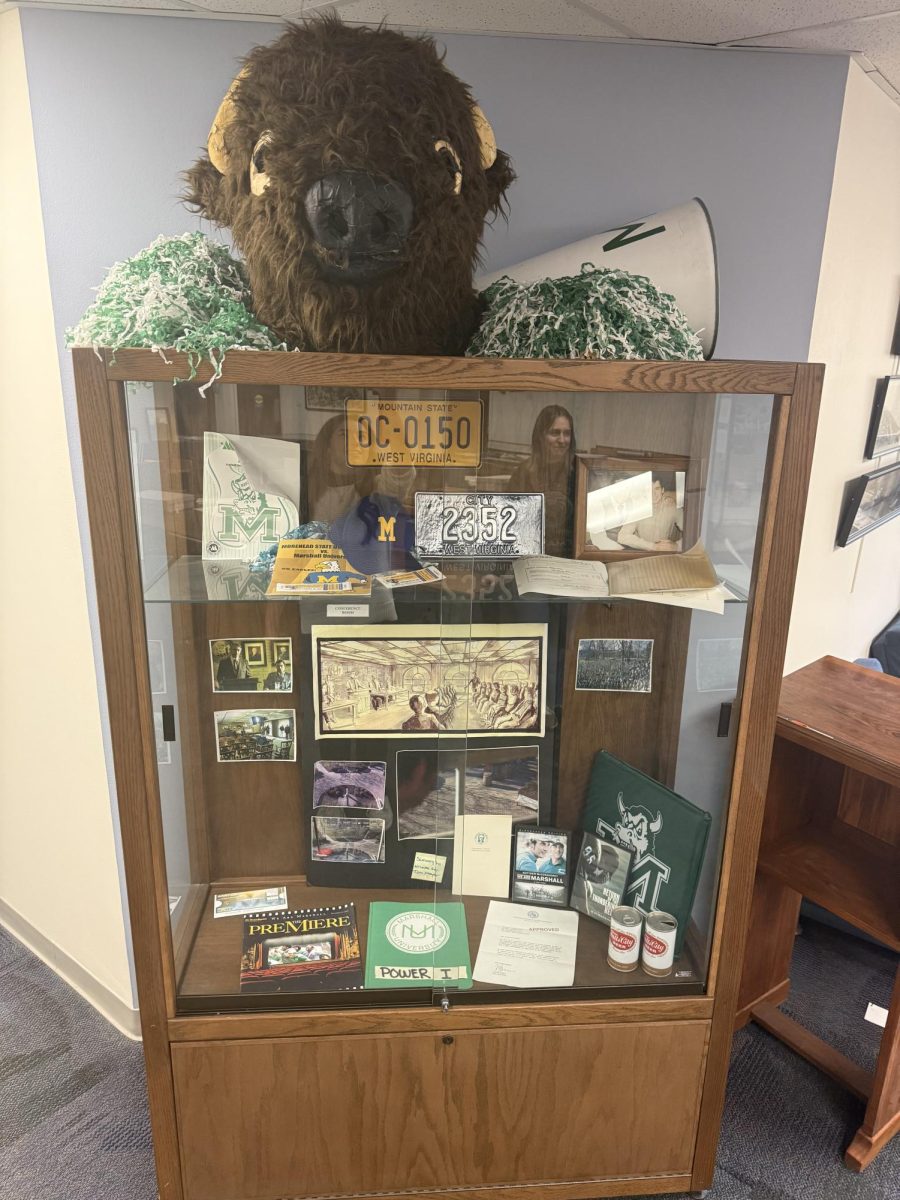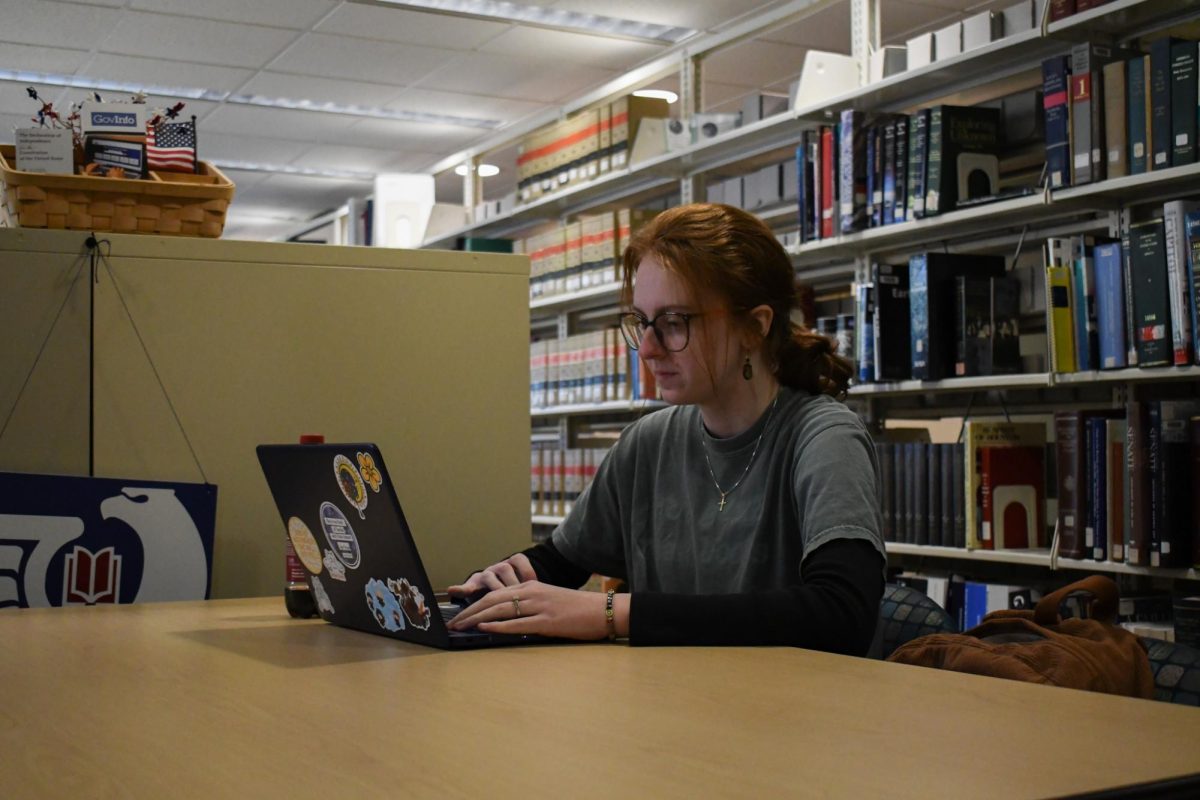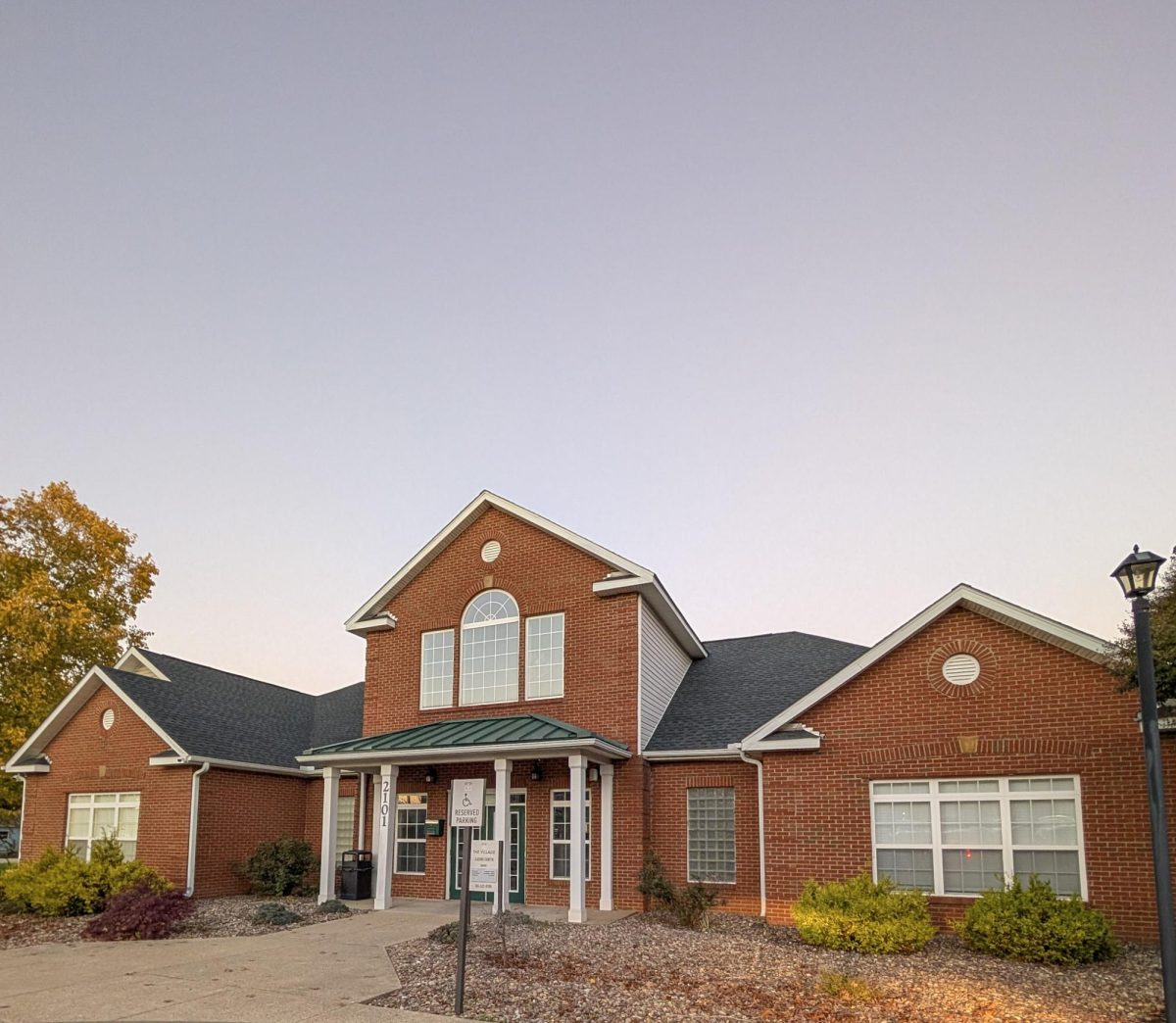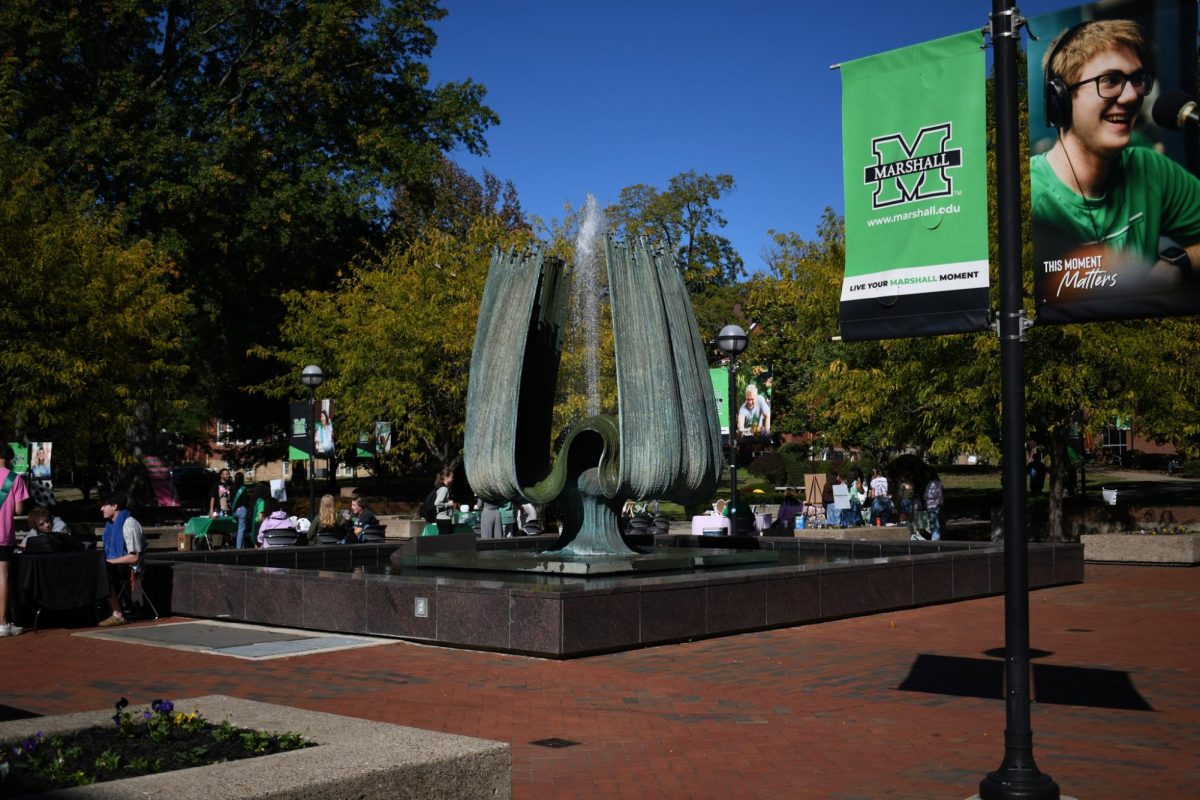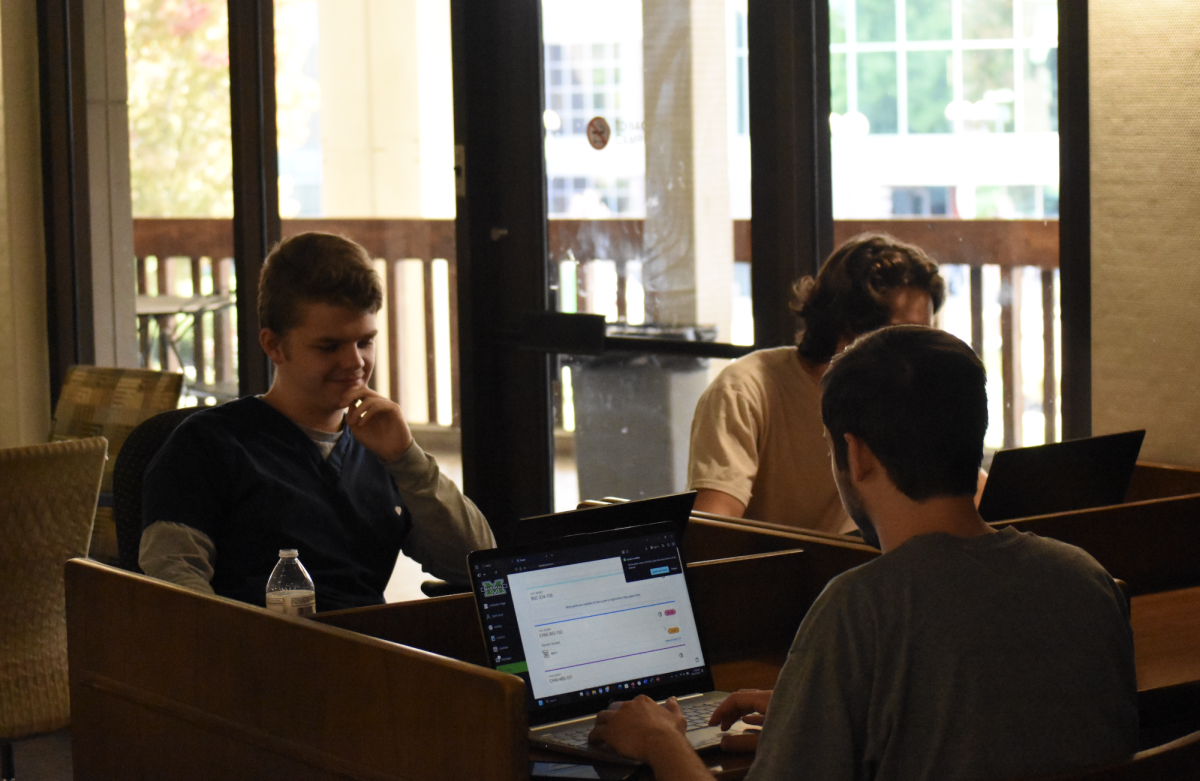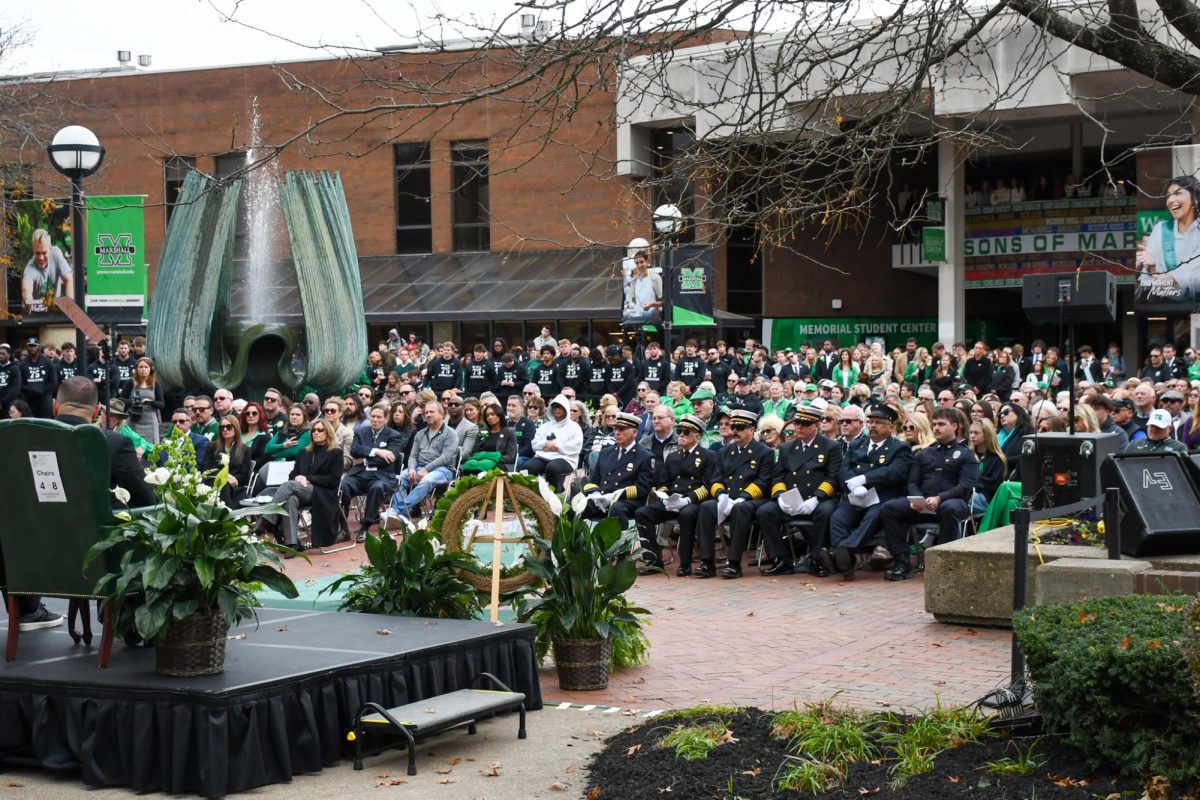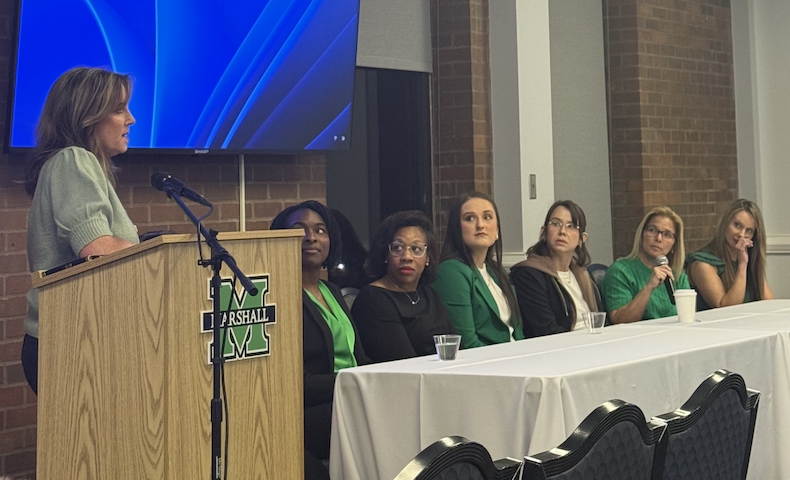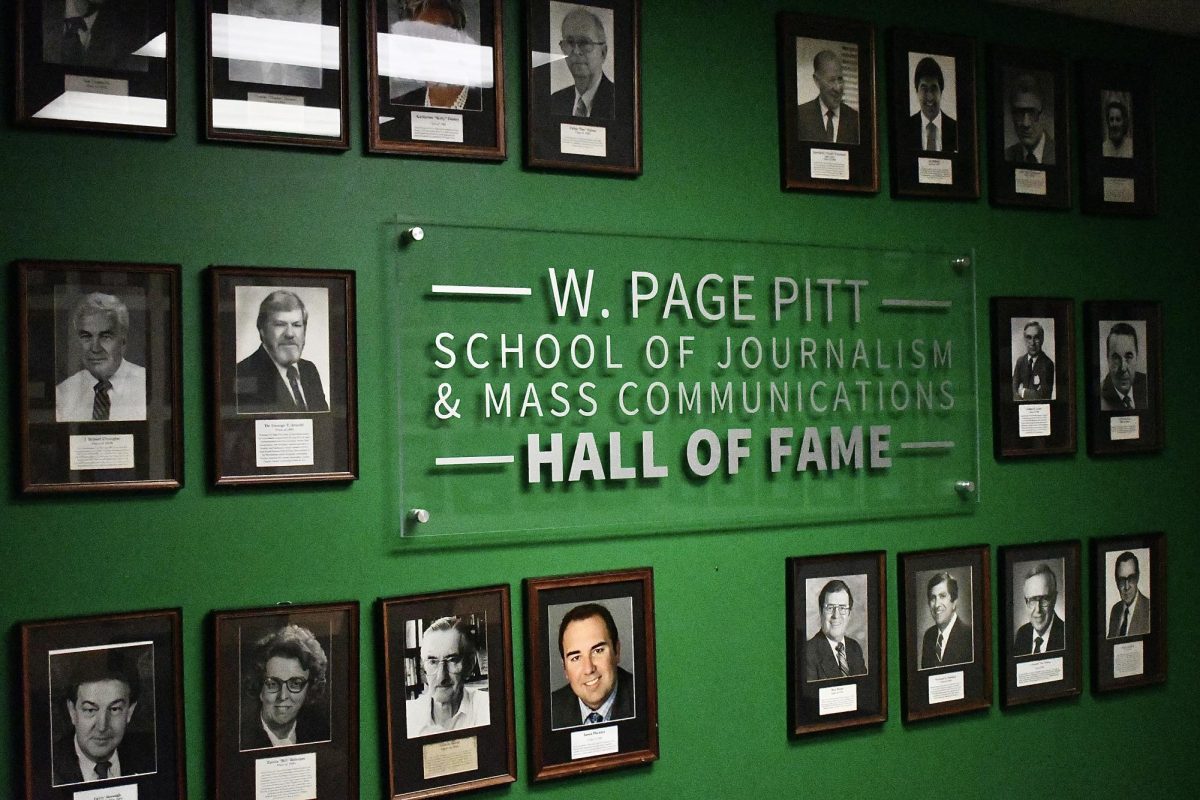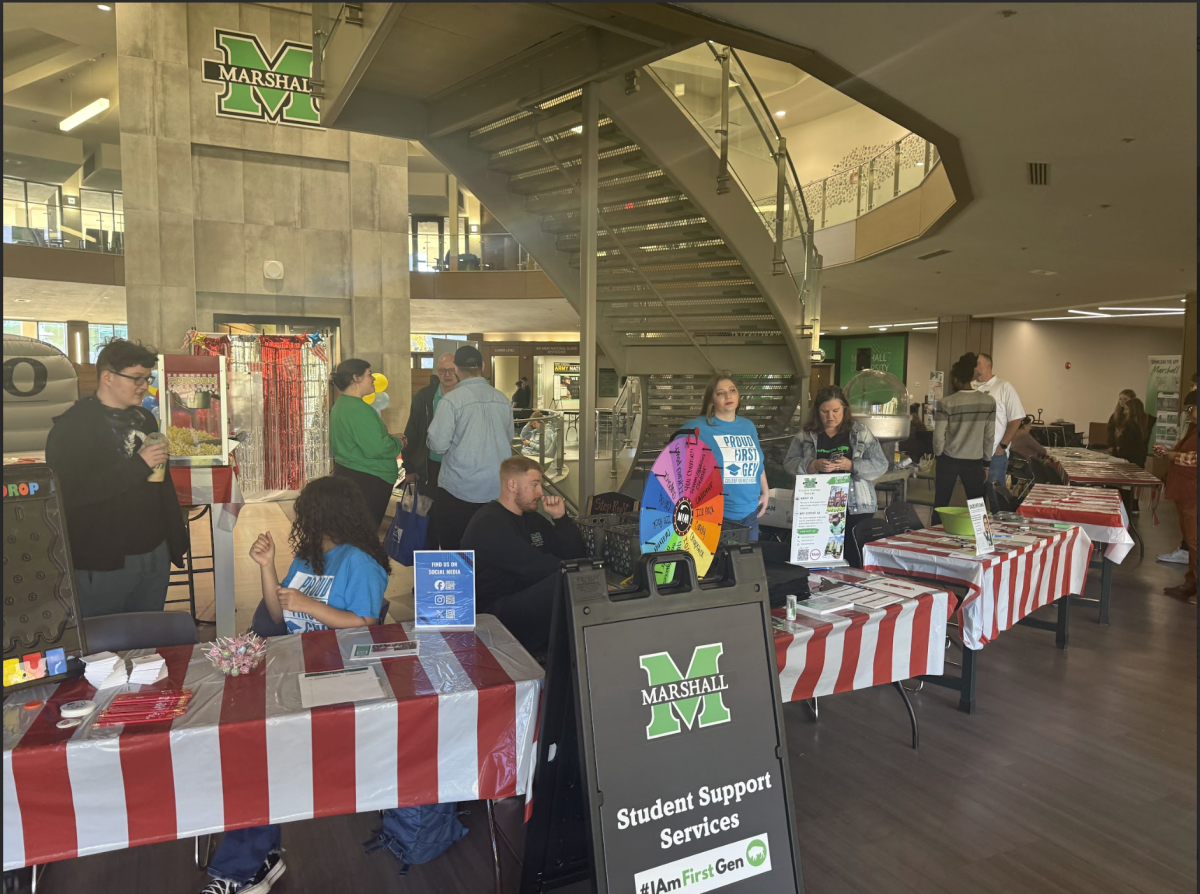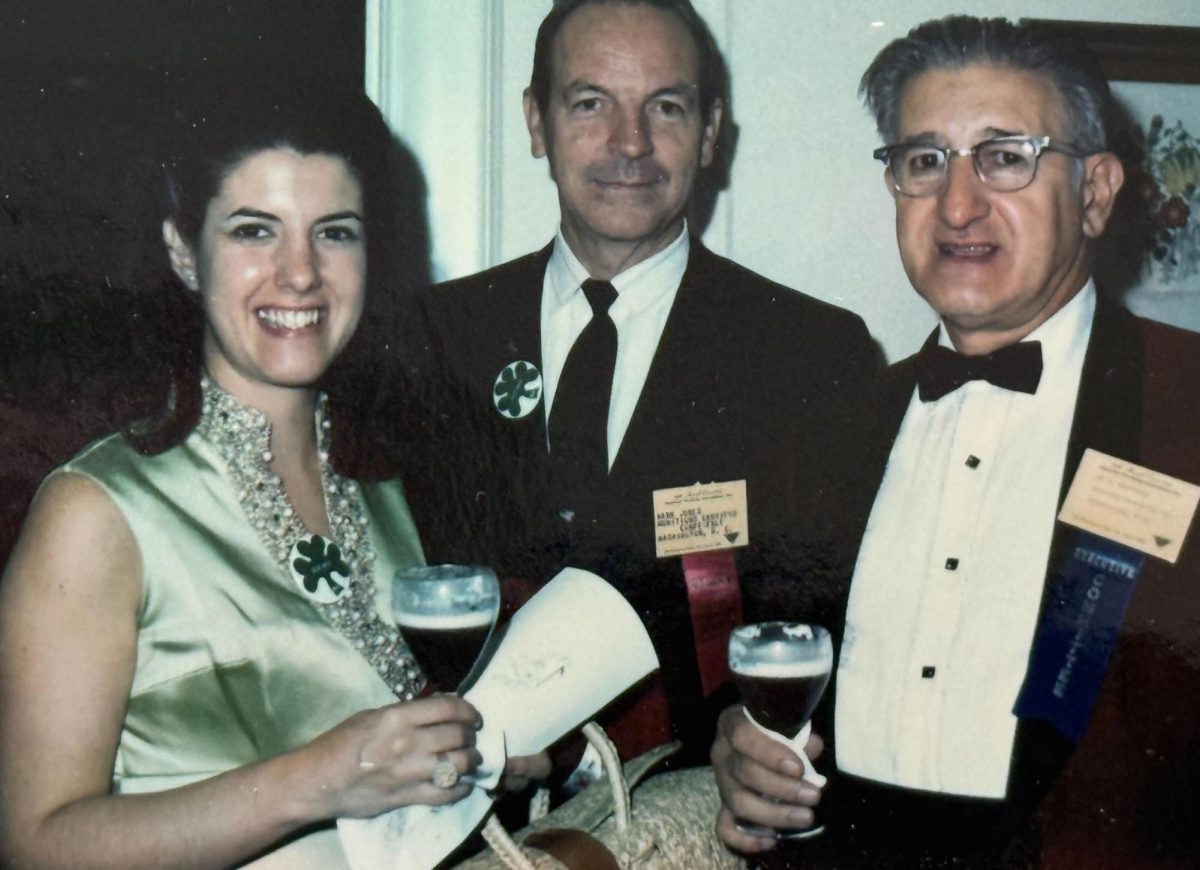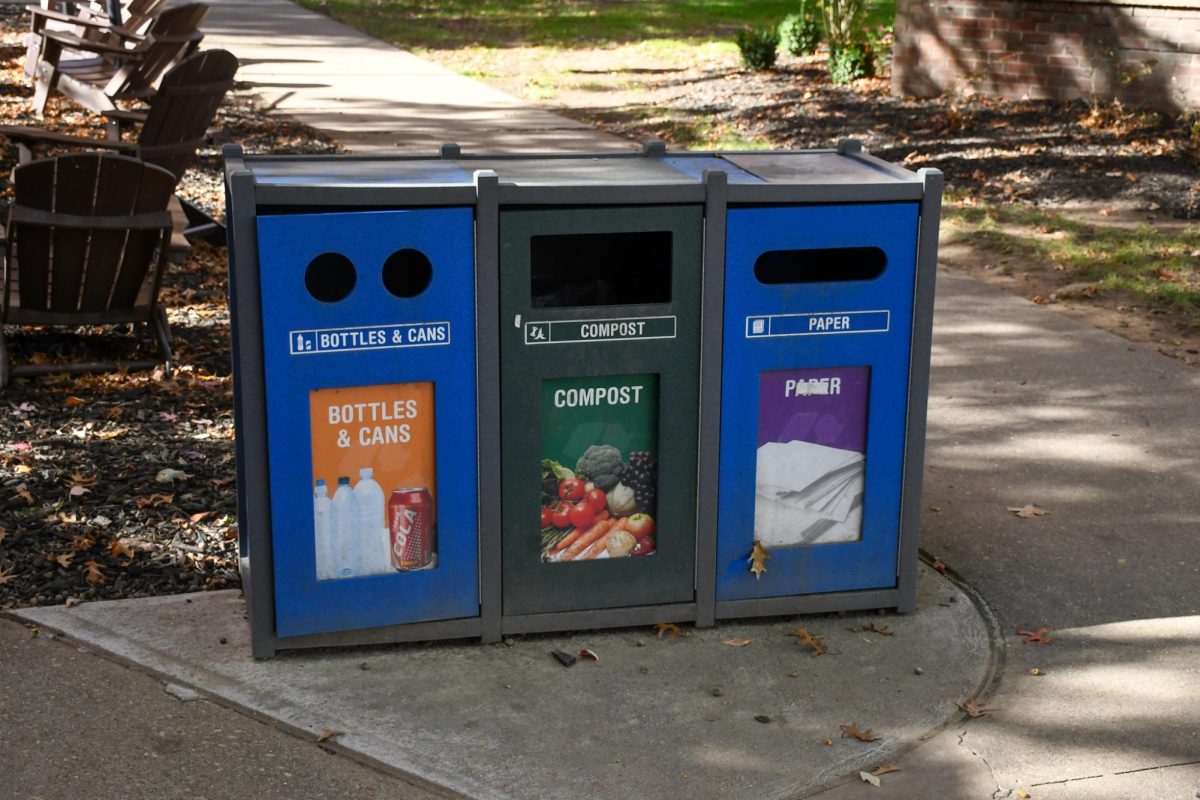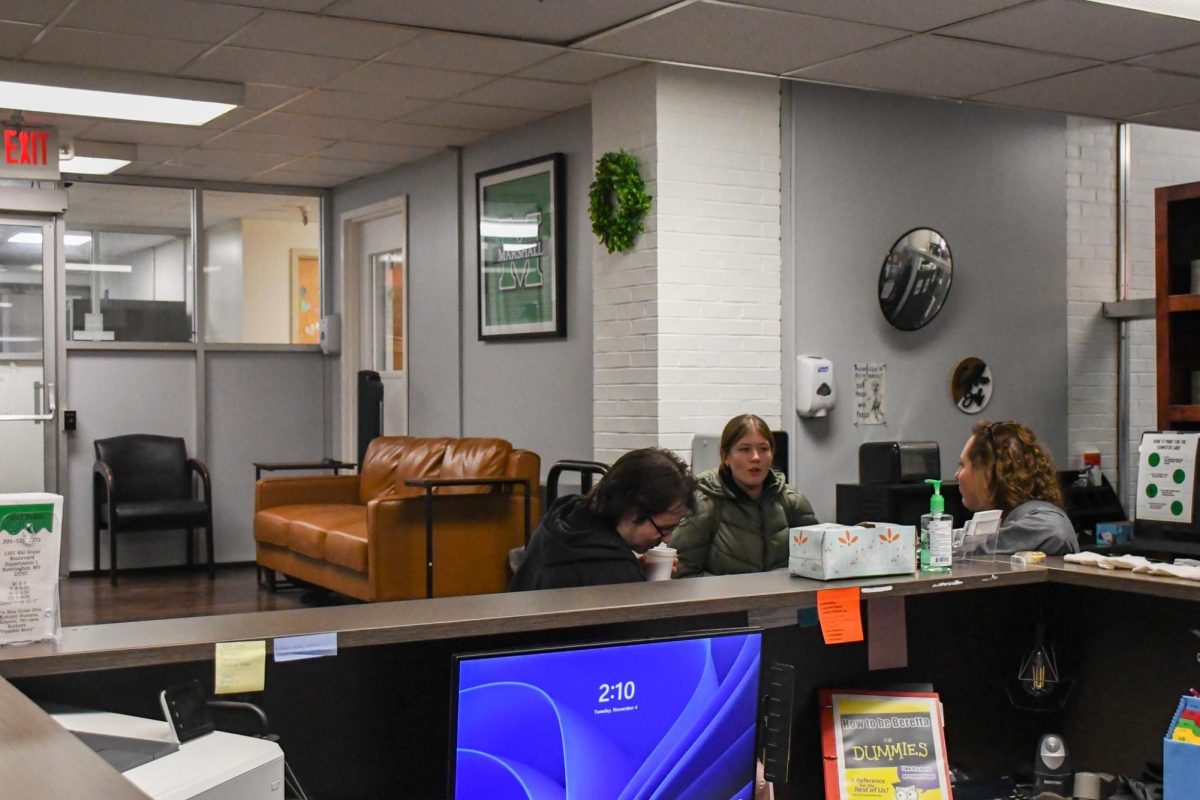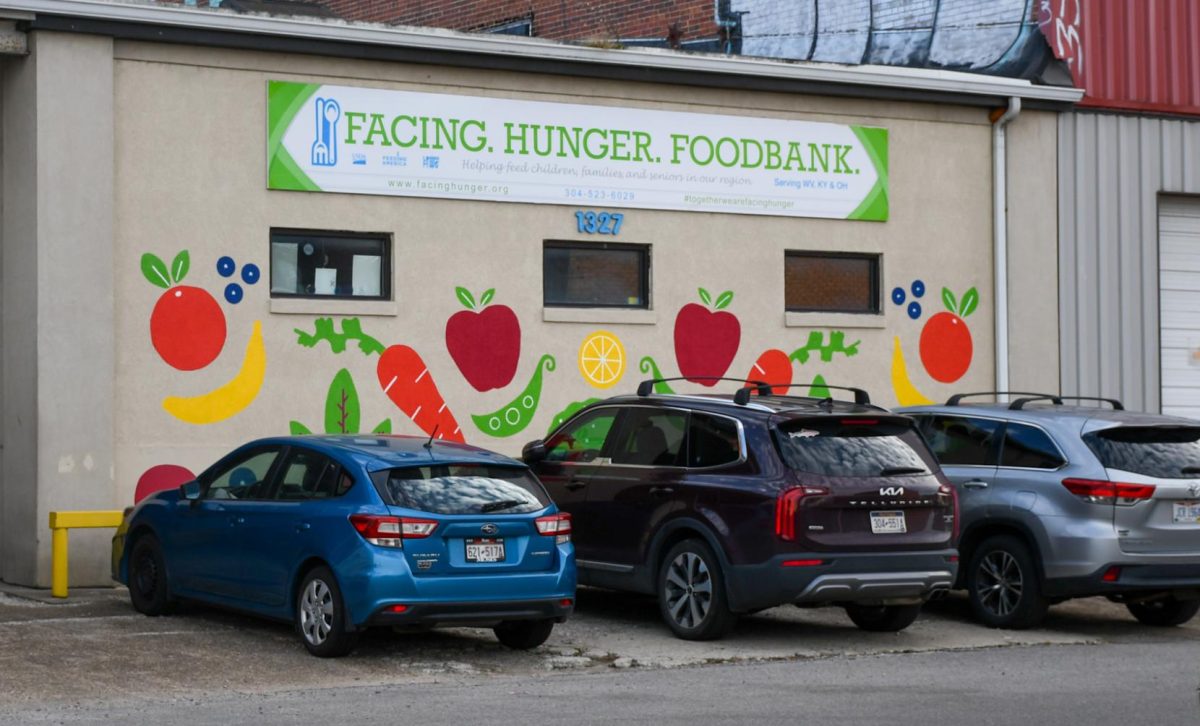With postcard-worthy scenes and a cinematic feel, annual summer vacations draw millions of Americans to pack their bags and hit the road in search of sunshine, adventure or a mix of both.
In West Virginia, the summer season draws travelers from near and far in search of their next Mountain State adventure.
Hilary Balding, the director of visitor services for the West Virginia Department of Tourism, said visitors traveling to the state are in search of unique experiences–something Balding said there is no shortage of.
“We receive a lot of inquiries about our various promotions, specifically the West Virginia Waterfall Trail,” Balding said. “During the fall, we receive a multitude of questions surrounding the best places in the state to catch fall foliage as well as scenic train rides.”
Balding said that in West Virginia’s various mountain towns, no town has more than 50,000 residents, setting the state apart from most popular destinations in the United States.
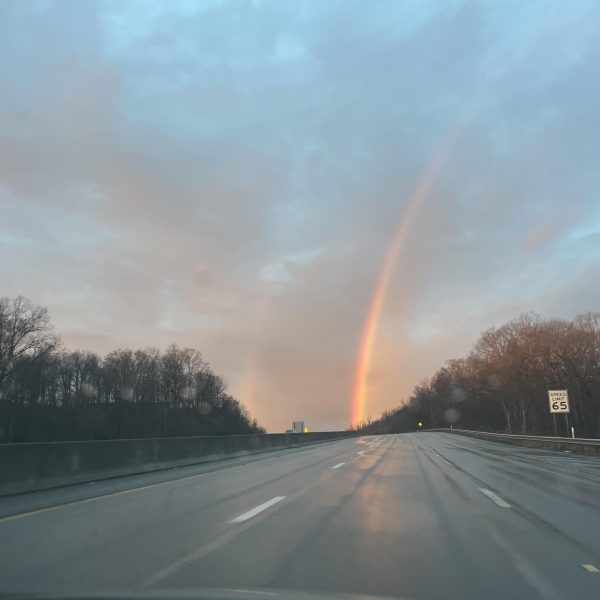
“U.S. visitors are always pleasantly surprised when they stumble upon a quaint, crowd-free town during their travels,” Balding said.
In Balding’s role specifically, she said she’s responsible for shaping the first impressions of West Virginia for travelers, where, often, visitors are struck by the state’s picturesque backdrops.
“New visitors tend to be surprised by the beautiful, wide-open landscapes and the endless outdoor adventure options,” Balding said. “Visitors often return because of the unique activity options, charming small towns and friendly locals.”
Shaping West Virginia’s image is not only up to those who work in the tourism industry, Balding said, but rather an option for locals as well, with the help of a free online hospitality and tourism course in partnership with Blue Ridge Community and Technical College.
“The course teaches skills essential to a wide range of career paths in tourism and hospitality,” Balding said. “Tourism Works is for every West Virginian, whether working in the tourism industry or in any position in which they encounter visitors.”
In terms of visitor impact on locals, the West Virginia Tourism annual report notes the visitors spend on average $17 million per day in West Virginia, with this spending reducing the tax burden by $835 per household.
Likewise, employment in the tourism industry totals to 60,000, with 21,000 job openings projected in tourism annually.
Balding said compared to the nation’s 9% growth in visitor spending, West Virginia has seen growth by 23% since 2019.
In light of these figures, it’s clear that state tourism is not just a luxury for travelers, but a livelihood many West Virginians rely on to make a living.
Susan Benjamin, president of True Treats Candy in Harpers Ferry, West Virginia, said her historic candy company is a one-of-a-kind destination blending education with indulgence, offering a taste of history with every bite.
Benjamin said True Treats Candy’s immersive historical experience and products depend heavily on West Virginia’s tourism industry.
“Tourists are three quarters of the business we get, if not more,” Benjamin said. “Candy is relatively available, not high end stuff, and you can buy it and it makes you happy and reminds you of your grandparents and the candy they gave you, and that makes you happy.
Beyond local school groups, homeschool groups and locals bringing guests to experience the historical candy shop, Benjamin said True Treats Candy gets almost no locals in the shop.
“Harper’s Ferry is very hard to park in, and a lot of locals don’t even know where we are located because they never go down that way,” Benjamin said. “I would love to have them here.”
Benjamin said that while having an influx of tourists in the candy shop makes for a plethora of individualized customer experiences, uncontrollable difficulties like weather or power outages can cause considerable challenges.
“Our energy provider shut off all the electricity for all of Harper’s Ferry and other areas for the full day on Tuesday, so we have to close in our busy season,” Benjamin said. “If it rains on a weekend, we have literally lost thousands of dollars, and there’s nothing we can do about it.”
In terms of revenue, Benjamin said her shop and other businesses who rely on tourists are more financially vulnerable than a store that is exclusively online or franchised, for example.
Despite these challenges, Benjamin said nothing can beat the true in-person tourist experience.
“Nothing is quite like having a place with tourists where they can walk in the store and ask questions and talk with their families and pass things around,” Benjamin said. “It’s an adventure for them where they can smell the smells and read about everything.”
These visceral in-person experiences would not be possible without the research and education behind the candy and experiences True Treats markets.
“I want them to come in and for them to learn about these aspects of our culture,” Benjamin said. “Sugar was a medicine, and it’s so important to learn about because it tells you what life was like for so many people.”
Benjamin and True Treats Candy are not the only ones prioritizing a memorable experience for visitors, as countless others in the tourism industry share the same commitment–no matter the lengths.
Teeya Mills, business consultant and owner of tour agency On Tour with Teeya, said in order for tourists to get the ideal travel experience, locals often have to make sacrifices.
“Those of us who live and work here on a daily basis, a lot of times, we do rely on tourists.”
Winter, Mills said, is often spent in dormancy preparing for the tourist season.
Likewise, Mills, of Beckley, WV said the day to day culture of locals does not translate to the experiences of tourists.
“As a West Virginian, for instance, in the wintertime, I have to keep a fire to stay warm, and I don’t go and push a button,” she said. “I would never expect a tourist to come in and make a fire to stay warm. I would make sure they could push a button.”
However, Mills said she enjoys when tourists come to the Mountain State for a visit and widespread stereotypes are challenged.
“I like when they realize that West Virginia is not western Virginia,” Mills said. “I also like when they realize that we do have teeth and that we do wear shoes. I enjoy when people come and go back home and realize West Virginia is a lot better than they thought.”
As for Huntington, the city also has a role in tourism in a state that predominantly markets the outdoors, whitewater rafting and state parks.
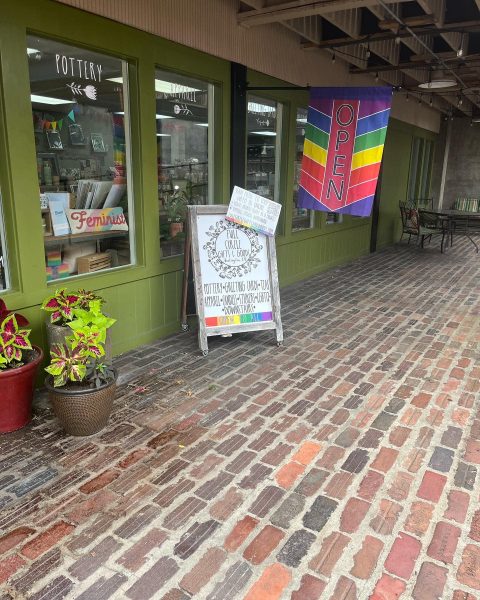
Anna Adkins, the director of sales and marketing at the Huntington Area CVB, said that while Huntington is not centrally located in the state, the large metro area and unique attractions set the city apart.
“Heritage Farm is West Virginia’s only Smithsonian affiliate and it is right here in Huntington,” Adkins said. “We also have the state’s only amusement park at Camden Park.”
For those who are looking for the classic West Virginia outdoor experience, Adkins said there are quite a few options for hiking and mountain biking within state and city parks, such as Barboursville Park or the Hatfield-McCoy Trails at Rustic Ravines.
Beyond marketing to tourists, though, Adkins said that harsh local criticism may be taking a turn.
“We are hardest on ourselves, so I think that tide is finally starting to turn,” Adkins said. “I think people are starting to experience Huntington again, who maybe haven’t in 10 or 15 years.”
Primarily, Adkins said the walkability of the downtown area proves to be a large plus side for locals and tourists alike.
In terms of misconceptions, Adkins said she aims to promote the safety of Huntington.
“I think people sometimes have an idea in their head that is not necessarily true without seeing the positive narrative that is out there,” Adkins said. “Rather than thinking Huntington is unsafe, we have a really vibrant downtown that has a lot of local shopping, good food, and it is safe.”
Although tourism plays a dual role of supporting livelihoods and providing leisure, summer was and is not always about travel. For many, summer is closely associated with earning paychecks through summer jobs.
In a 1996 article of The Herald-Dispatch, reporter Noelani Kimura writes about the never-ending search for summer jobs for students and school employees alike.
“Instead of sunbathing and sipping lemonade, they are pouring over classified ads and scouting ‘Help Wanted’ signs,” Kimura said. “Hoping to fill their empty wallets, many are in desperate need for income.”
While historically tourism has brought revenue to the state, provided thousands with jobs and created leisurely experiences for tourists, many locals could not afford the opportunity to travel, even within the state. Rather, they looked to summer employment and local events.
In a 1995 article of The Herald-Dispatch, reporter Patricia Maher said Huntington locals looked for three things when it came to summer activities: affordability, family-friendly appeal and ways to beat the heat.
“Baseball, hot dogs, camping trips, family reunions and swimming,” Maher said. “That is what summer is made of for many folks.”
As West Virginia continues to grow as a destination, its tourism industry reflects both progress and preservation. But behind the postcard moments and unforgettable adventures are locals who shape the experience, balancing pride, hard work and often sacrifice.
Kaitlyn Fleming can be contacted at fleming115@marshall.edu.


